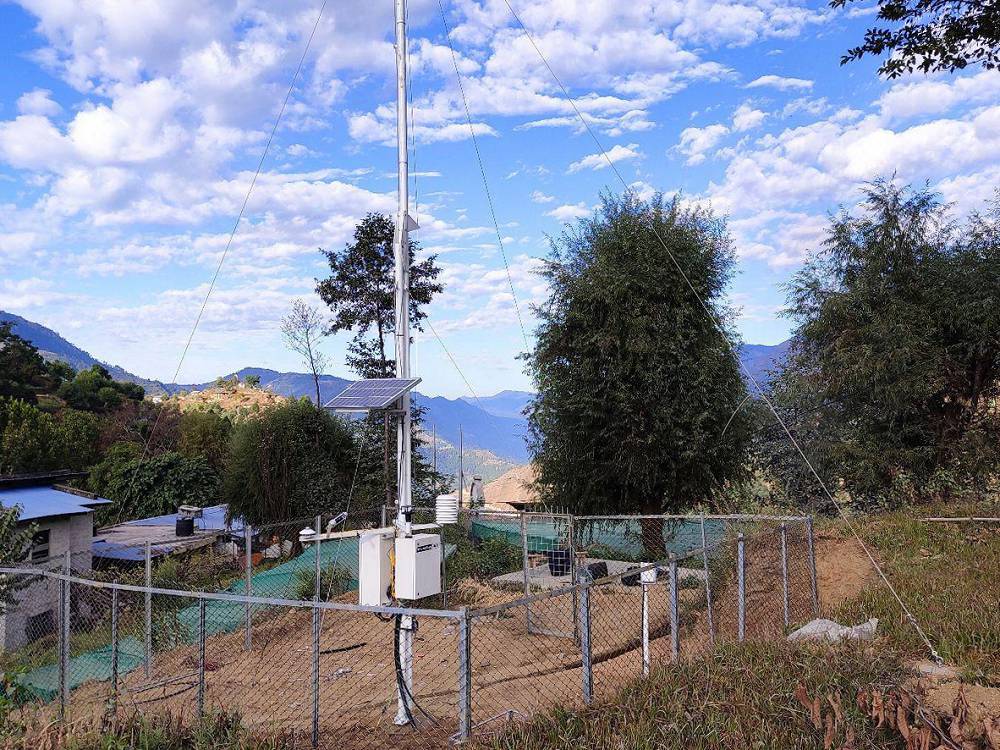Over the past 2 years, MicroStep-MIS has been updating and upgrading all of the national airports across Nepal to meet the latest international standards and to take advantage of the latest innovations related to Automatic Weather Stations (AWS) and Automated Weather Observation Systems (AWOS).
The new AWOS systems are installed at 16 national and international airports across Nepal including a full Runway Visual Range System (RVR) at the famous capital city airport of Kathmandu. Situated at 1,338m above sea level and surrounded by mountains, it is one of the most dramatic settings for an airport in the world and the gateway to the Himalayas.
15 of the airports operate new ceilometers alongside the AWOS systems giving them a complete view of the cloud levels above each airport, enhancing their local reporting and weather monitoring.
Each of the AWOS systems feeds data automatically into MicroStep-MIS proprietary display and archiving software system - IMS4 AWOS. The advanced IMS4 system measures, processes, stores, presents, and communicates all meteorological data at the airport. The measurements come from a variety of meteorological sensors, manual observations, and WMO codes received from GTS and AFTN. It provides real-time weather data to observers, air traffic controllers, pilots, and other users in the form of graphs, WMO codes, alarms, and voice reports. It can interface with upper air systems, Low Level Windshear Alert Systems, and radars.
The Biral Present Weather Sensors (SWS-250) were chosen because of their extreme reliability in the harsh operating conditions as well as their unparalleled ability to differentiate and classify frozen precipitation accurately.
Biral and MicroStep-MIS have been working together to deliver world-class aviation weather monitoring and reporting systems for over a decade, delivering hundreds of projects that are in operation around the world today.
